Entering the studio of a creator involves embarking on a voyage of initiation into the intimate. Imprinted on its walls are the ideas of one who imagines in this space, their engraved memories and projected future. Ricardo Vainer (Mexico City, 1986) always yearned for his workspace to tell his story for him. An open book where what is revealed is present but not obvious.
Vainer’s foray into architecture was not accidental, but neither was it conscious. Born as a creative person, his earliest memories are of playing with blocks and sketching ideas. Son of a real estate developer and an artist mother, he spent his childhood immersed in “conversations about houses and mandatory visits to museums.” It was therefore inevitable that he would develop a sensitivity to beauty, a drive to transcend the purely aesthetic and technical. “I was never an Excel person,” he admits with a chuckle. “At some point I wanted to study graphic design, but I discovered the incredible side of architecture: the possibility of inhabiting what is captured in a sketch.”
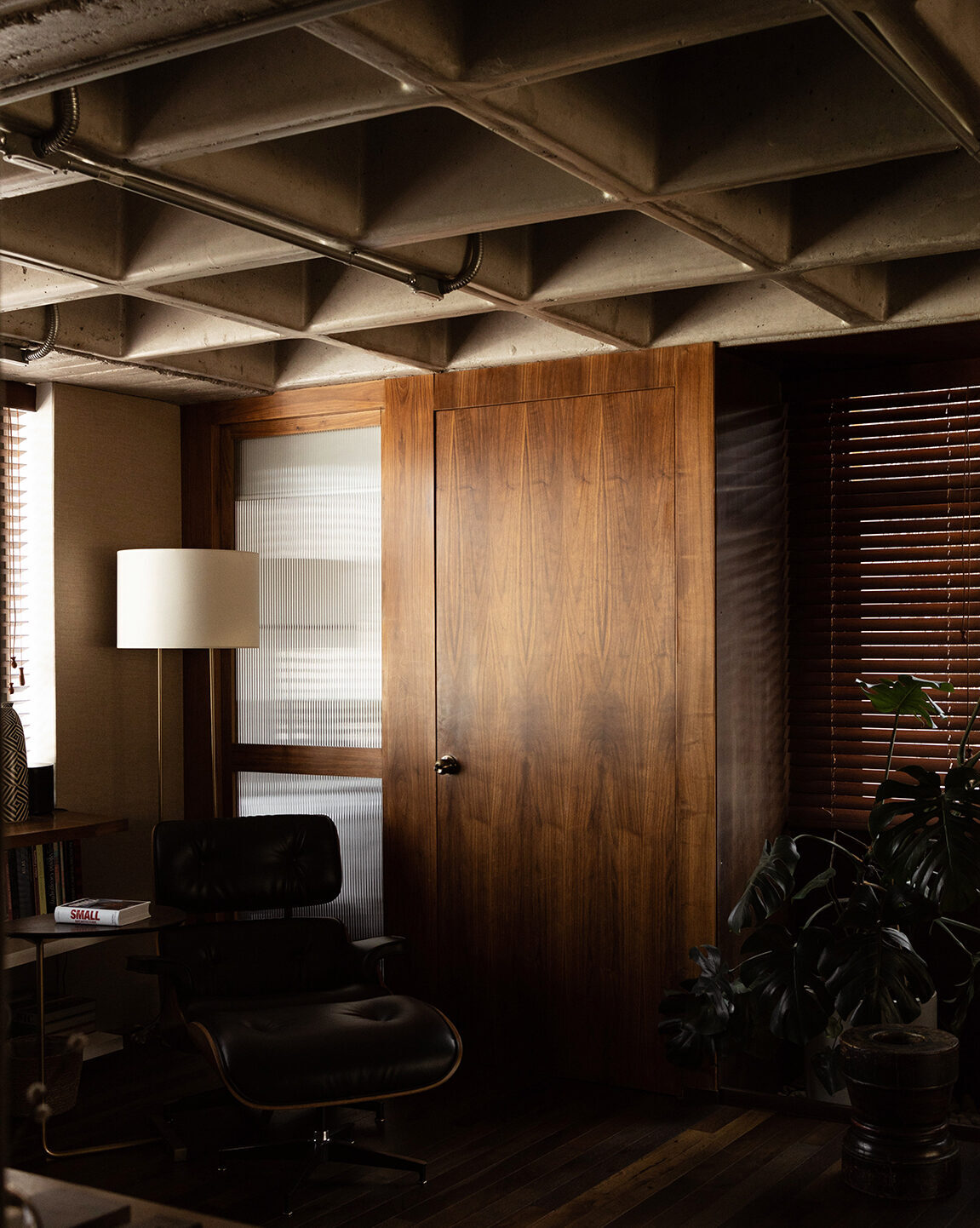
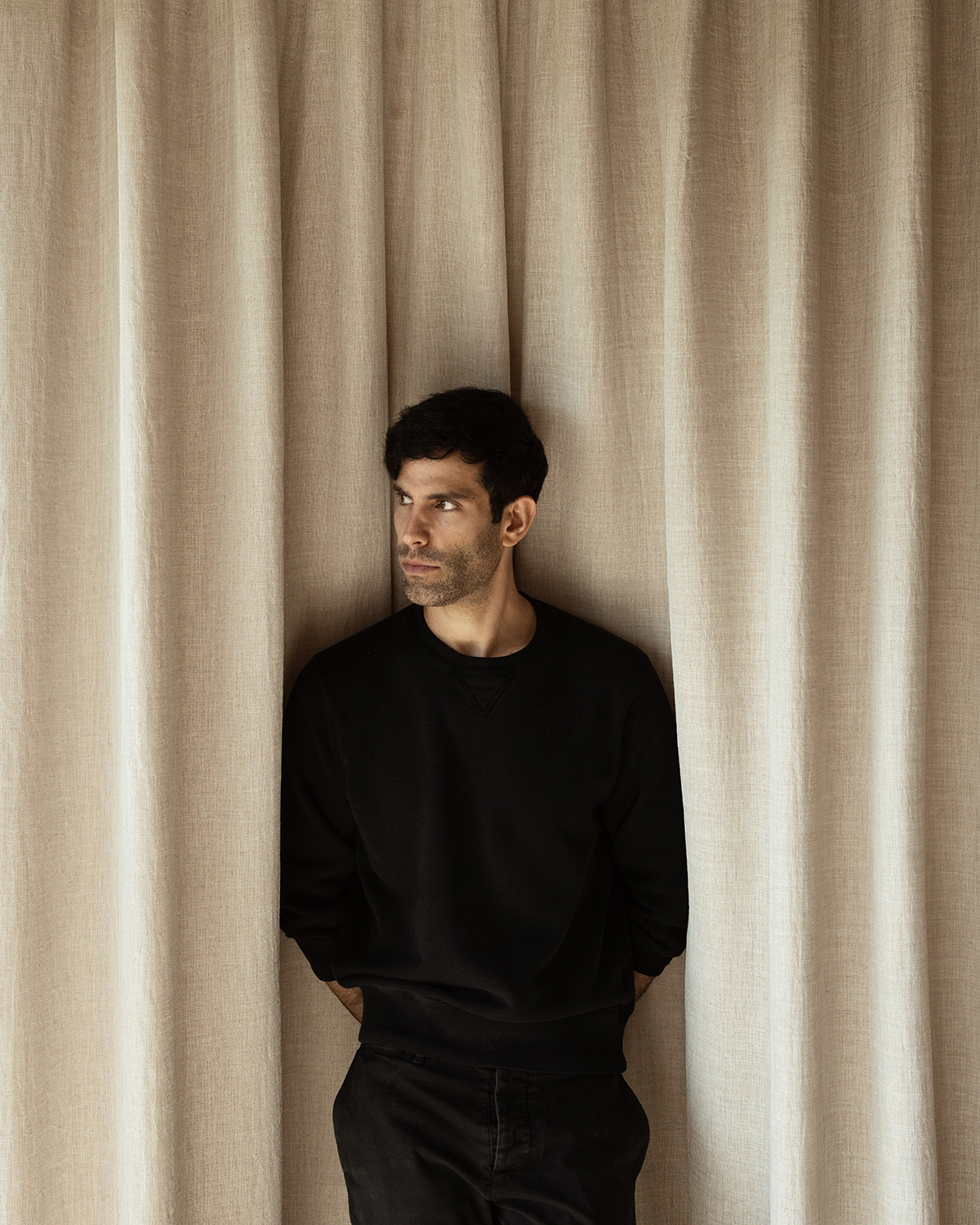
Vainer occupies that peculiar space between absolute order and the chaos of the unexpected. That’s where he has found his place, as well as on “cool days”, his favorite days for going out to explore, getting lost in the art of contemplation. For him, traveling is the gateway to “other possibilities, other realities”. Ricardo considers it is essential to break the boxes and explore beyond the surface”. He recalls how the short time he spent in Amsterdam during his studies left its mark on him. “Living in such an open city, where bicycles are king, houses have an outward orientation and people rarely draw the curtains.
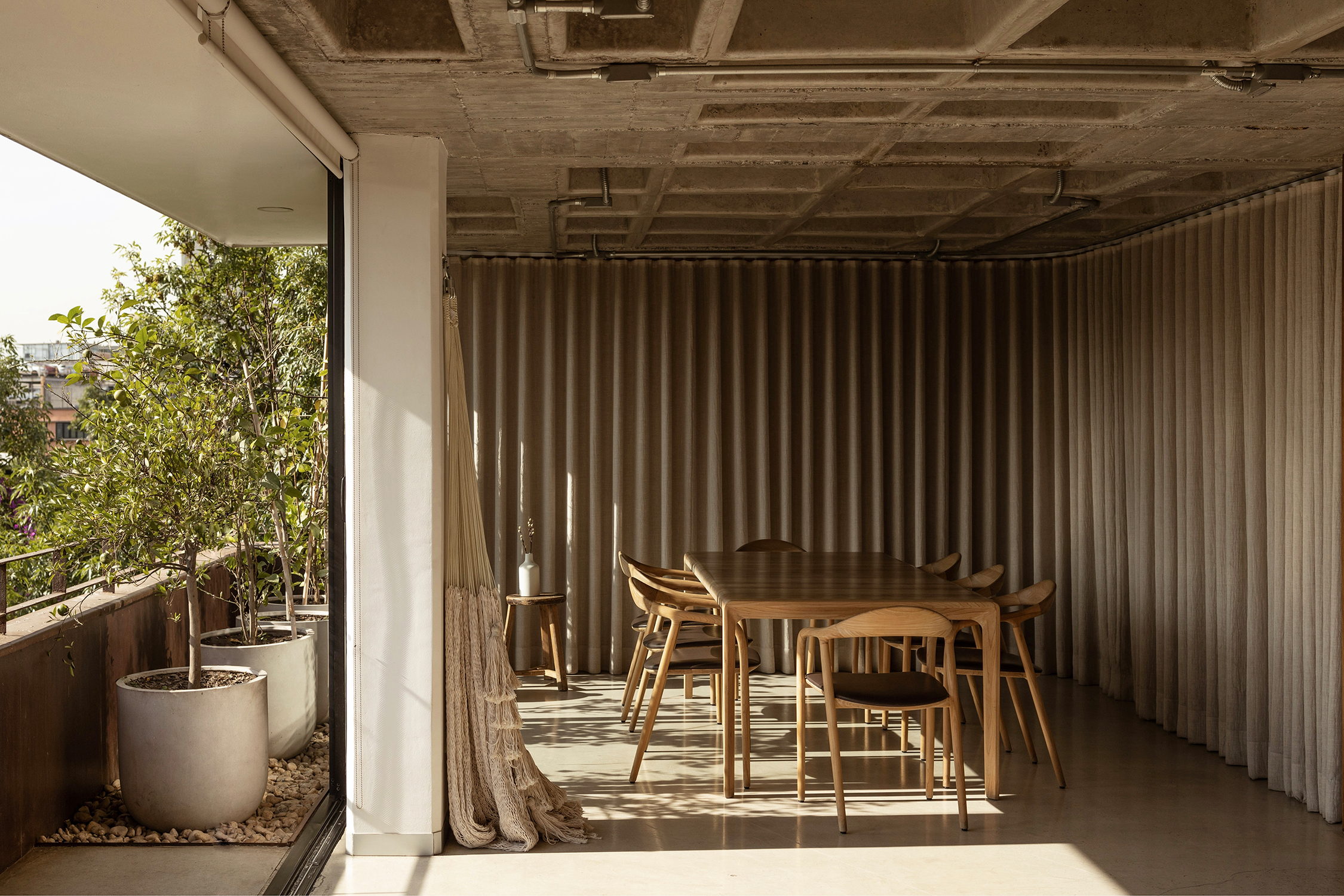
“Architecture shouldn’t be giant sculptures,” he says without hesitation. Vainer believes in the designing spaces that create emotions, that would determine much of the outcome of the design and form. How do you want to feel or make the user of that place feel?”. His unwavering commitment to the end user is the common thread in all his projects. He trusts and takes responsibility, because “unconsciously the spaces we inhabit affect our emotions and behavior.” Spaces awaken a myriad of emotions in us, and these are not accidental; making them a reality is a deliberate and personal act, and transmitting them represents success. “Why is it that at times we find ourselves in a place that makes us feel good, while there are other places we want to run away from?” he asks himself (or us?).
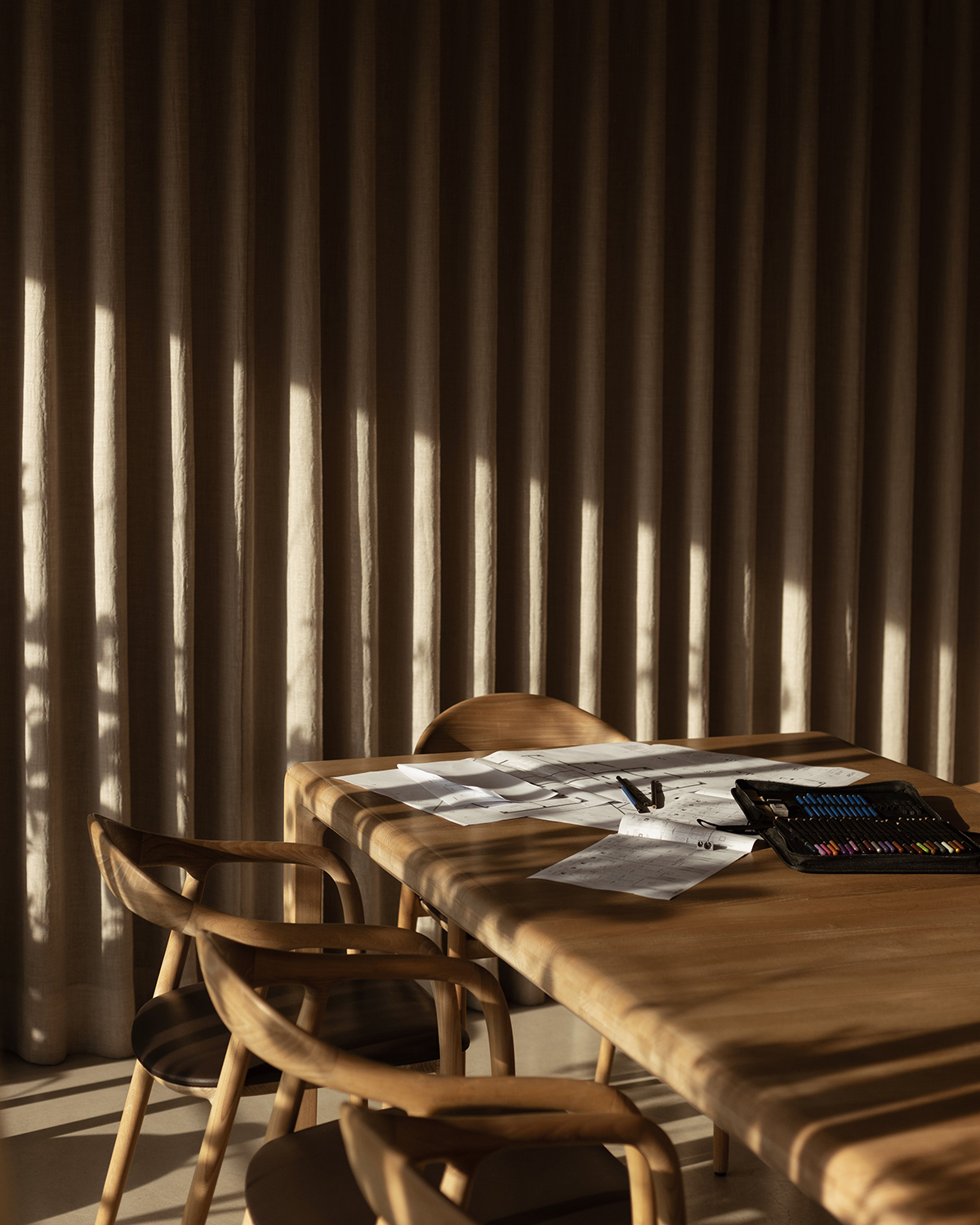
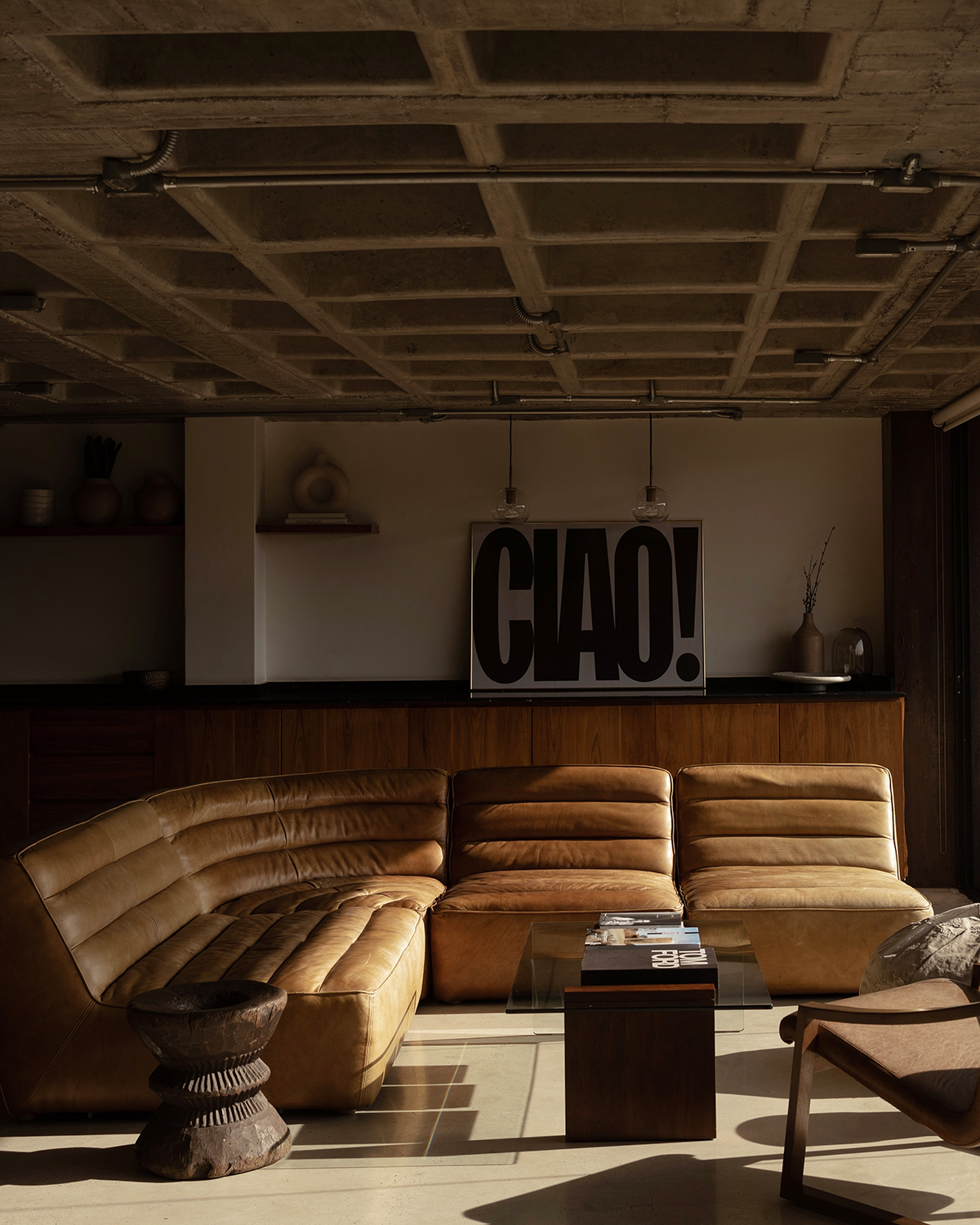
The designs crafted by Ricardo himself seem to convey a silent yet undeniable message: they create a canvas where space itself becomes the storyteller, inviting us to experience the seamless harmony of nature as it seamlessly merges with each architectural element. These creations blur the conventional boundaries between exterior and interior, allowing us to immerse ourselves in the tranquil embrace of the surrounding environment.“Spatial flexibility results in serenity and makes us feel free. We’re not made to live in cold boxes, surrounded by walls, we’re not robots”. The artist plays with the user’s senses by “creating living spaces that connect with the client in a deeper way. Good architecture and design create experiences and explore our senses”.
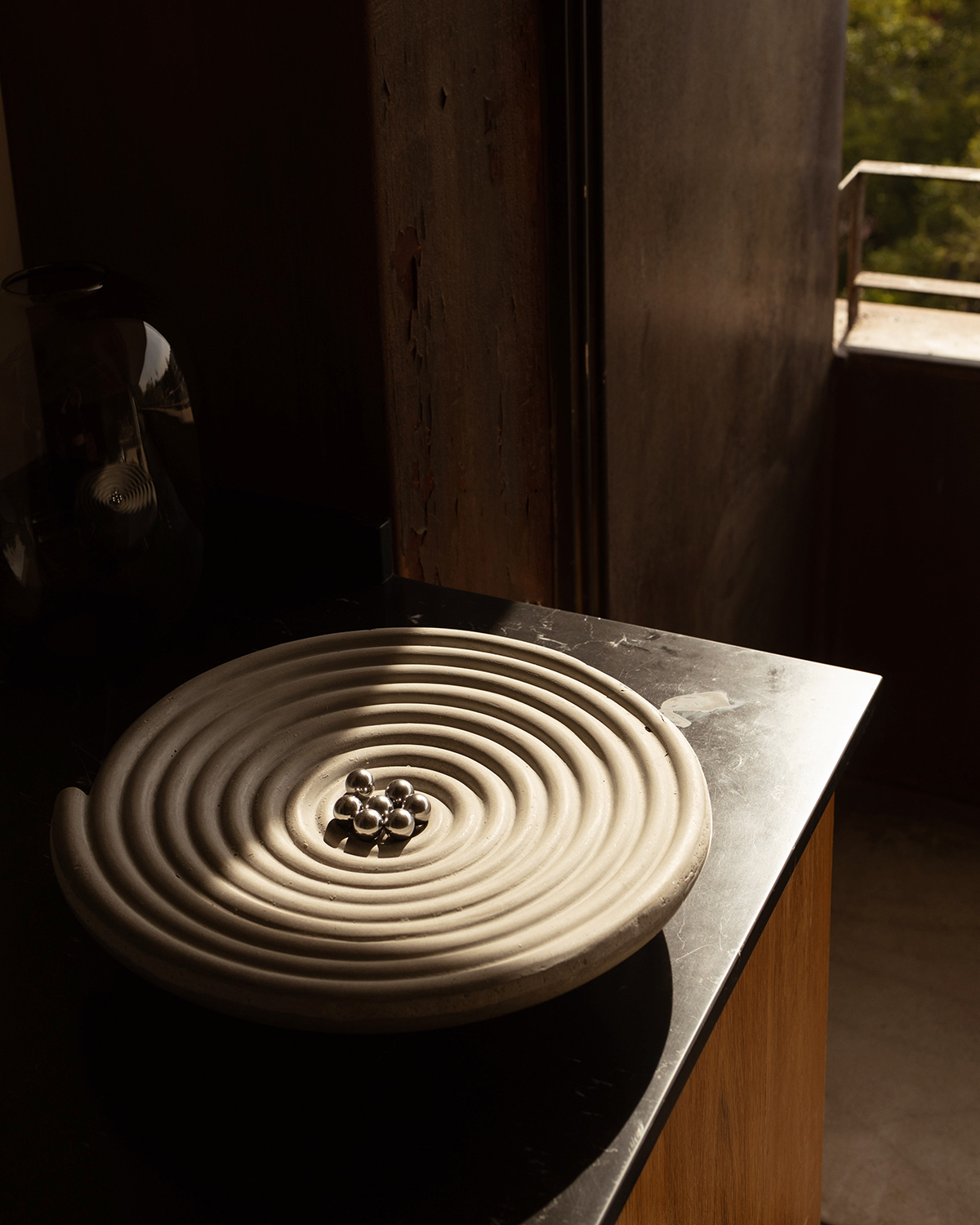
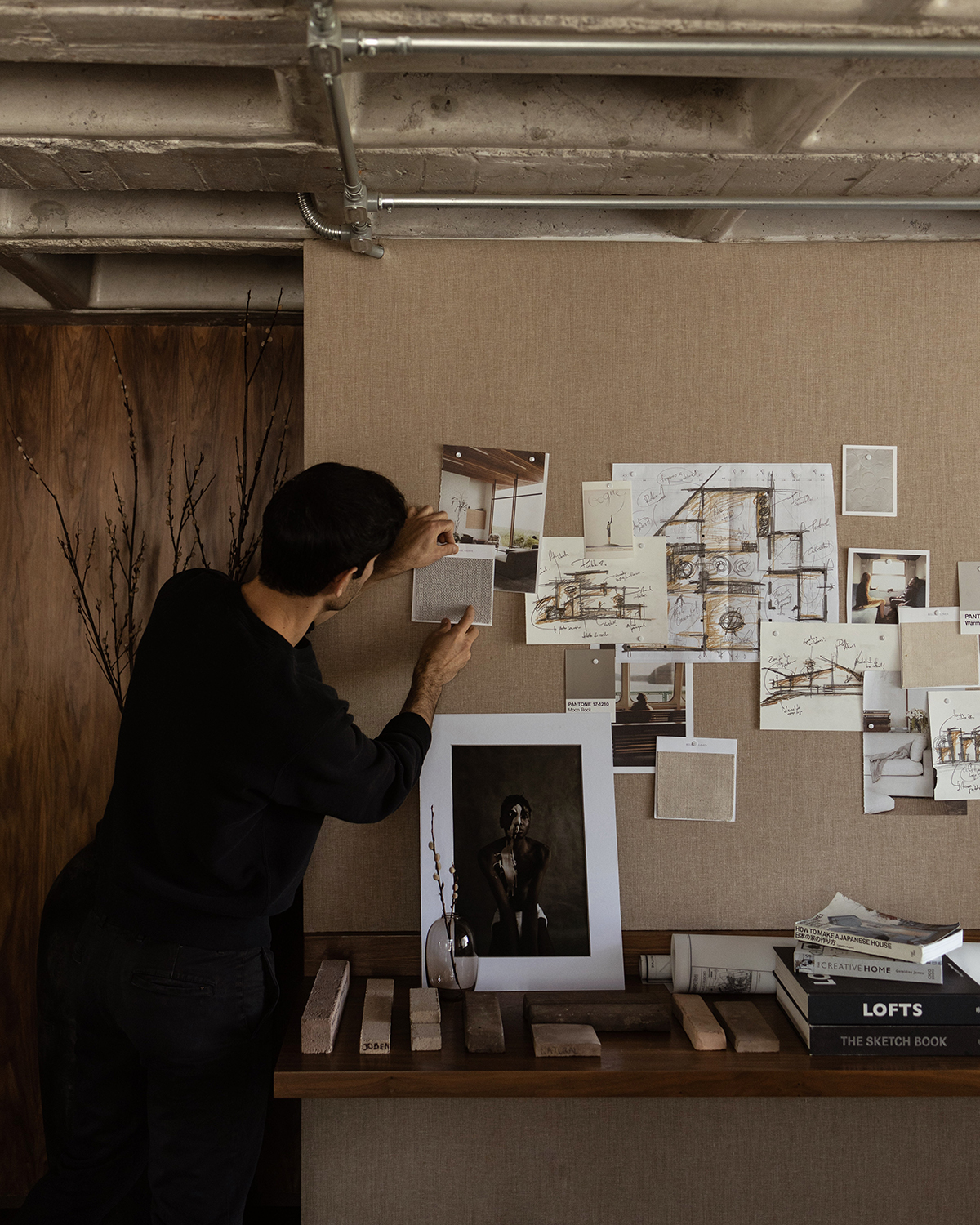
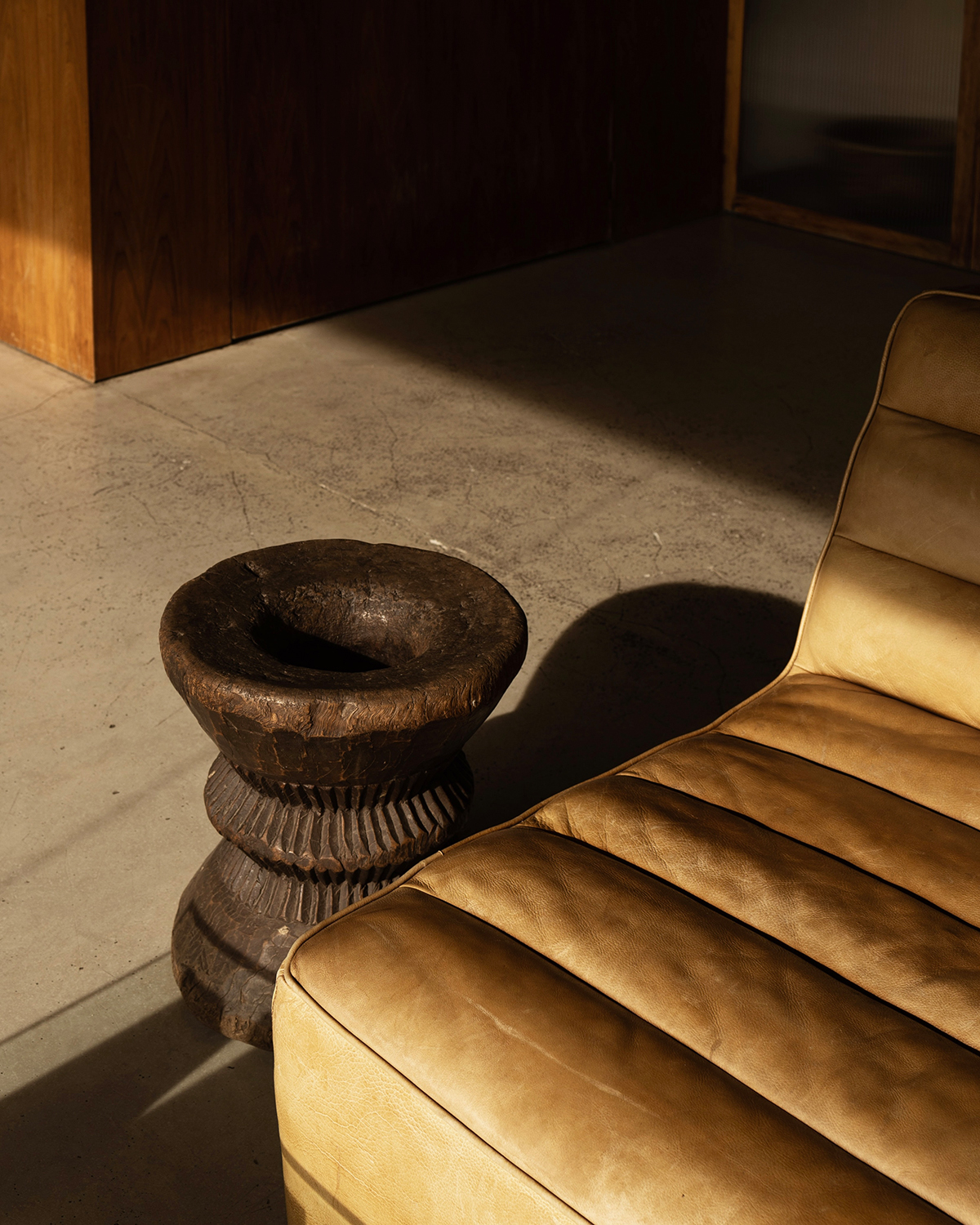
Perhaps this explains why his dream project is not to build a museum or an airport, but “a home overlooking a cliff”, away from the hustle and bustle of the city. In his tireless search for harmony, Vainer dwells on the smallest details. “Natural materials transport us back to the essence of things,” he reflects, “I don’t like the artificial.” Finding his own language in subtlety and elegance, it should come as no surprise that he christened his own personal project “Eterea Studio”. This light-filled space where he spends so many hours visualizing what is yet to come —sometimes listening to indie and soul, while connected to the environment, movement and stillness, order and chaos, noise and quietness— finding balance is the perfect synthesis.
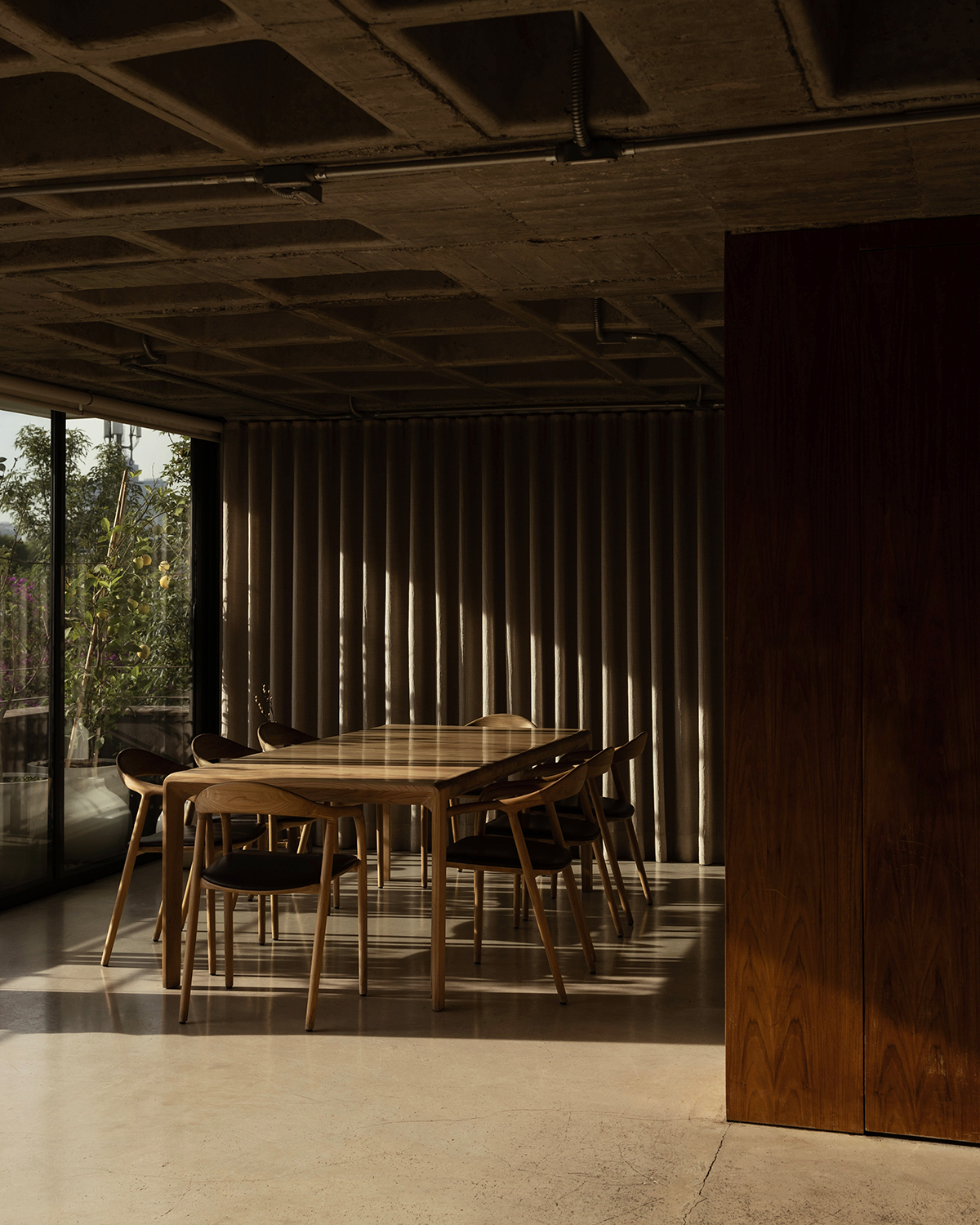
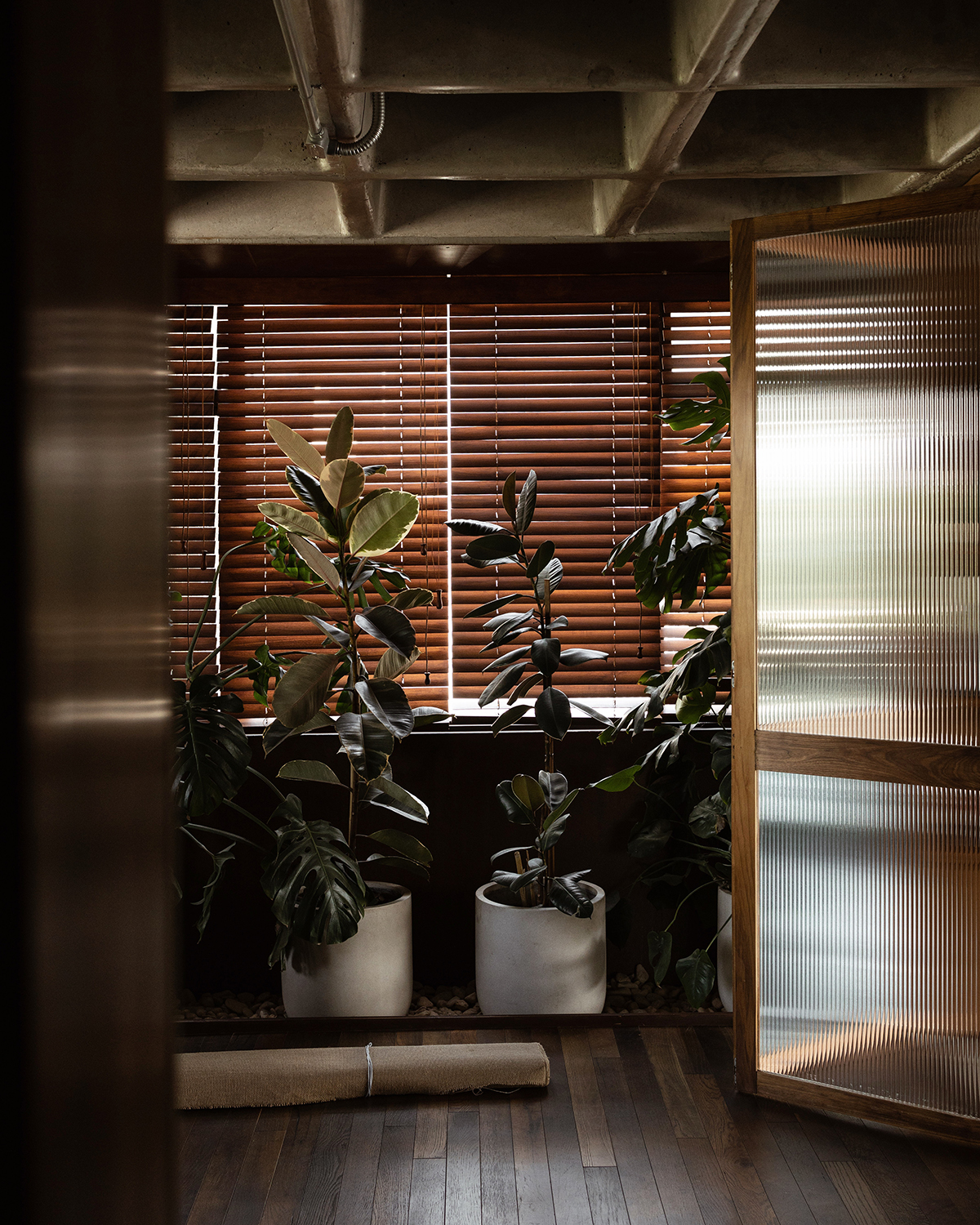
On the main desk, set among doodles, fabric swatches and a wooden model, is a framed photo: a naked male body lying on a bed of paper in an empty echoing space, that was taken by Ricardo. Photography is his other passion. He describes his images as “conceptual and deep”, and in every one of them, we can spot a story that catches our gaze playing with the light as if the photo was a modern baroque image. “Space plays a vital role in the composition and meaning of the images. If I wasn’t an architect & interior designer, my photos would be more close-ups, but I prefer to always zoom out. The space always tells a story.”



